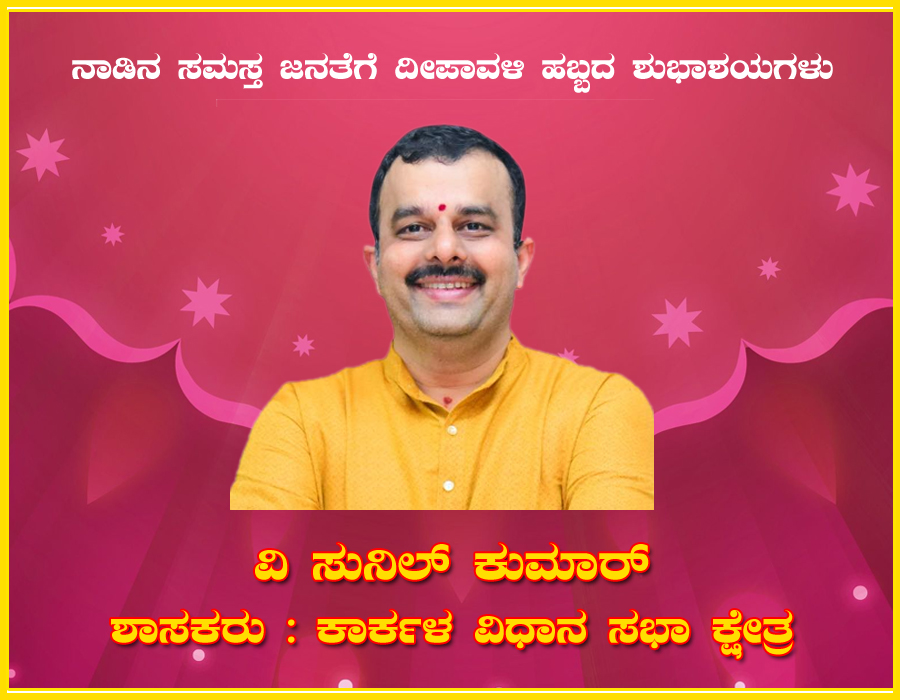Moving Dhari Devi idol from Alaknanda after 800 years caused the cloudburst
2:41 PM, Monday, July 1st, 2013 Shrinagar: An angry river, sparing not even the gods. In the hills, tales of nature’s fury are a part folklore and a part faith. Some locals believe Uttarakhand’s tragedy is rooted at the Dhari Devi temple outside Shrinagar.
Shrinagar: An angry river, sparing not even the gods. In the hills, tales of nature’s fury are a part folklore and a part faith. Some locals believe Uttarakhand’s tragedy is rooted at the Dhari Devi temple outside Shrinagar.
For 800 years the deity stood in the middle of the Alaknanda river controlling it’s dhara or flow. On June 16, in violation of a High Court order and amidst much protest, Dhari Devi was placed in this new structure on higher ground, as water from the Alaknanda Dam upstream was about to submerge it.
The same day saw the cloudburst over Kedarnath and the start of Uttarakhand’s misery. One of the local residents Suman Nautiyal said, “Dhari Devi protected her temple and her devotees all these years, they uprooted the temple and this calamity happened.”
Don’t blame the gods says the priest of the Dhari Devi temple, blame man he insists. Head priest BP Pande said, “Man has constructed these dams, we are to blame, don’t blame the gods. We harmed nature, now this is nature’s retaliation.”
 Former IIM Bangalore professor Bharat Jhunjhunwala explains this sense of prakop. He has lived by the Alaknanda for the last 12 years and says he has watched the unplanned and unsustainable abuse of nature. “First you make money by taking bribes for hydel projects. Then you create disasters by blasting and now thousands have died. You make money by enumerating the disaster – the government is very happy. They have ladoo in both hands,” said Jhunjhunwala.
Former IIM Bangalore professor Bharat Jhunjhunwala explains this sense of prakop. He has lived by the Alaknanda for the last 12 years and says he has watched the unplanned and unsustainable abuse of nature. “First you make money by taking bribes for hydel projects. Then you create disasters by blasting and now thousands have died. You make money by enumerating the disaster – the government is very happy. They have ladoo in both hands,” said Jhunjhunwala.
Was Uttarakhand’s worst natural disaster the result of a freak cloud burst, was it a man-made disaster waiting to happen or was it the wrath of the gods? Irrespective of which side of the debate you stand on – there is no denying the trail of death and destruction it has left behind. Buried in the debris is a lesson for all of us – the question is are we ready to learn it?
Simillar Posts
Warning: count(): Parameter must be an array or an object that implements Countable in /home/megamcaq/public_html/wp-content/plugins/post-plugin-library/common_functions.php on line 357
- None Found
Leave a Reply
© Copyright 2008 www.megamedianews.com All Rights Reserved. Privacy Policy








 Posted in
Posted in  Tags:
Tags: 






